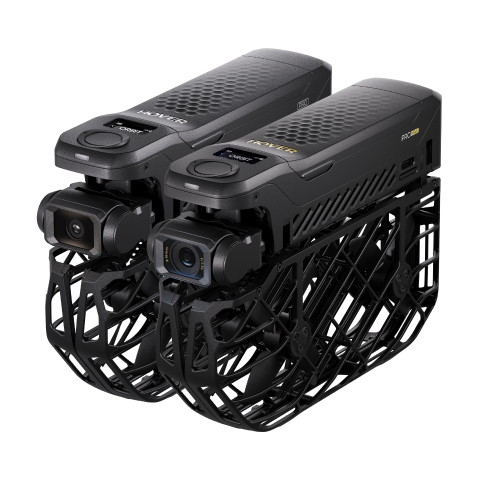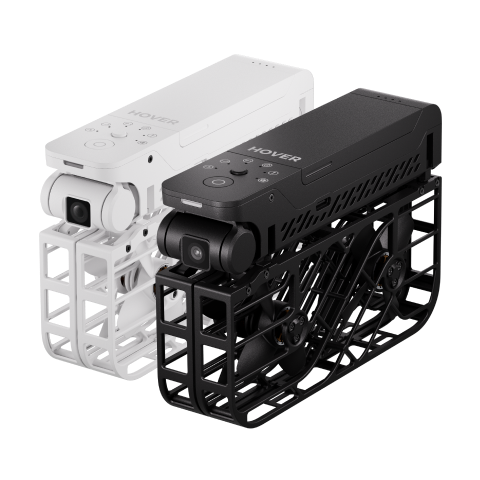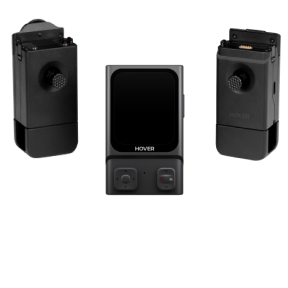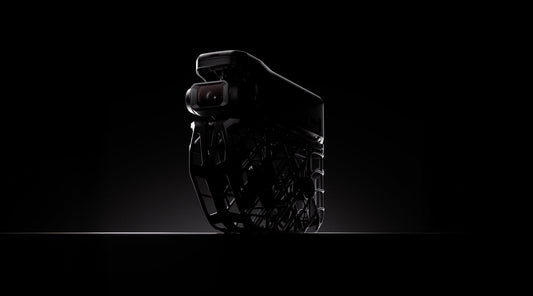What is Video Encoding?
Also known as video conversion, video encoding is the process of transforming video inputs into a digital format that is compatible with web players, mobile devices, and other platforms. At its core, video encoding involves converting RAW video files into digital formats. Instead of storing videos as individual images, encoding processes these files into continuous, fluid videos.
Encoding can also refer to altering a video file’s size, serving as an umbrella term for processes that reduce video file sizes while maintaining quality. In the context of video production, encoding is often defined as:
“The process of preparing a video for output by converting it into appropriate formats and specifications for recording and playback using video encoder software.”
How Does Video Encoding Work?
To better understand encoding, imagine a flipbook: a series of still images that appear to move fluidly when flipped quickly. RAW video files work similarly—each frame is a static image. For example, a 30 frames-per-second (fps) video has 30 photos per second of footage, equating to 1,800 images per minute. This makes RAW video files exceptionally large.
To manage these massive files, video encoding was developed as a way to compress them without compromising quality. It reduces video size while maintaining the desired resolution and playback standards. Essentially, encoding transforms bulky RAW files into manageable, high-quality digital formats.
What is Video Compression?
Video compression refers to reducing the size of a digital video file using encoding techniques. Compression works by analyzing video frames to identify and remove redundant information. For instance, if two frames are identical, one can be replaced with a reference to the other, significantly reducing file size.
All video compression processes use variations of this method to minimize size. However, when we refer to video encoding, we’re talking about a specific type of video compression that balances size reduction with quality retention.
How Does Video Compression Work?
Video compression often takes place directly at the camera level. Most modern devices—like smartphones, consumer camcorders, and professional cameras—record video using codecs such as H.264.
As the camera records, the RAW data from the video sensor is compressed (or encoded) in real-time, usually with the H.264 codec. This compressed video is then saved to the camera’s storage, reducing file size while maintaining playback quality.
What are Encoding Formats?
Encoding formats are technologies that facilitate the encoding process. They consist of two main components: codecs and containers. The encoding format determines how a video is processed, stored, transmitted, and played back. Popular encoding formats include:
- MP4
- FLV
- MOV
- MKV
- LXF
- MXF
- AVI
- WebM
- QuickTime
The choice of encoding format depends on your needs, such as compatibility with online video platforms or live streaming services. Selecting the right format ensures efficient storage, playback, and distribution.
What are Codecs?
The tools that are used for video file compression and playback are called “codecs.” Codec stands for coder and decoder (co/dec). Usually a hardware device or computer software, a codec is a video encoder that encodes or decodes a digital data stream or signal. They compress raw video and audio files between analog and digital formats and make them smaller.
Different devices have different types of support for various streaming codecs. Have you ever downloaded a video and then tried to play it to find that the playback failed? You might not have had streaming software capable of playing back video encoded with that codec.
H.264 is currently one of the most widely used video encoding standards, offering a compression rate that is second only to H.265. The HOVERAir X1 PRO & PROMAX support both H.264 and H.265.
Video Encoding H.264 vs. H.265
So, what is video encoding H264 vs H265? H.264, also referred to as AVC (Advanced Video Coding) or MPEG-4 AVC, is a video codec that was standardized in 2003. It is a relatively cheaper codec that serves as a baseline for new codecs. The x264 video encoder software strikes a great balance between quality and speed. Not to mention, H.264/AVC video formats are compatible with the majority of modern platforms and devices. So, if you are wondering which video encoder is best, x264 might just be it!
H.265, also referred to as HEVC (High-Efficiency Video Encoding) is also a video codec standardized by MPEG and ITU-T VCEG in 2013. H.265 offers approximately 50% better compression efficiency than H.264, resulting in even smaller file sizes.
So, can we simply switch to H.265 and abandon H.264 altogether? Not necessarily. There are two major challenges to consider when using H.265:
Computational Complexity
H.265's encoding and decoding algorithms are more complex compared to H.264. While this complexity enables higher compression efficiency, it also demands significantly more computational resources for decoding. On lower-end devices, this could lead to performance bottlenecks, negatively impacting playback quality.
Compatibility
Although H.265 has gained widespread support, some older devices still lack hardware decoding for H.265. In these cases, playback relies on software decoding, which uses the CPU instead of dedicated hardware. Since CPUs are generally less efficient than GPUs for such tasks, this can result in higher CPU usage, increased heat generation, and overall performance degradation, ultimately affecting the user experience.
- Hardware decoding: Performed by hardware components like GPUs, offering high efficiency and low performance overhead.
- Software decoding: Carried out by the CPU, which has weaker computational capabilities compared to the GPU. This can lead to high CPU usage, excessive heat, and reduced device performance.
Some Recommendations:
If you're unsure whether your device supports H.265, here are some reference suggestions:
- Apple Devices: iPhone 7 and later, newer iPads, and Apple Silicon Macs handle H.265 smoothly for playback and basic editing.
- Android Devices: Flagships like Samsung S7+, Huawei Mate/P series, Xiaomi 10+, OnePlus 5+, and Pixel 2+ can play H.265 without issues. Mid-to-low-end devices should test playback before full adoption.
- Windows PCs: H.265 runs well on Windows 10/11 with modern hardware (Intel 7th Gen+, AMD Ryzen, NVIDIA GTX 10+). Older hardware may need HEVC extensions or third-party players but could face performance limits.
- Editing Needs: With optimized hardware/software, H.265 is ideal. Otherwise, H.264 offers smoother workflows on older systems.
Conclusion
Video encoding is the backbone of live-streaming, converting raw video data into high-quality streams. With a video platform powered by advanced encoding technology, you can effortlessly transform video and audio data into captivating live streams that your audience will love.
For optimal performance, we recommend using H.265 if your editing and playback devices support it, as it offers superior compression and quality. However, for maximum compatibility across devices and platforms, H.264 remains an excellent choice.















